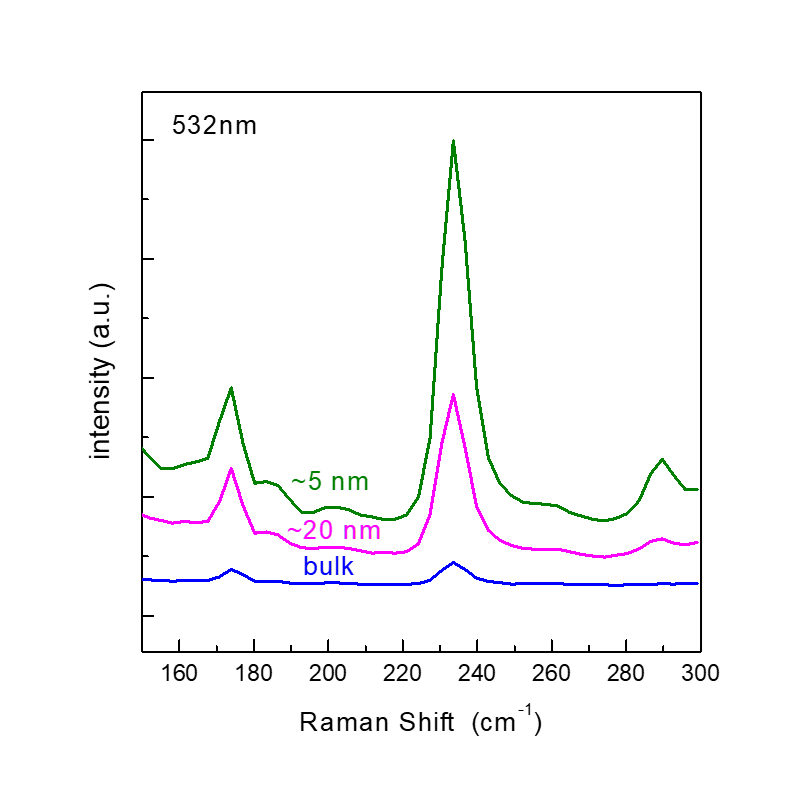Writing in Science, a group of scientists led by Berkeley professor Ali Javey report on significant improvement of quantum yield (QY) of monolayers of MoS2 when coated with the superacid bis(trifluoromethane)sulfonimide (TFSI).
More Light
Monolayers of transition metal dichalcogenides have been steadily attracting increasing attention in field-effect devices as well as in optical devices. This is due to their sizeable band gap which typically lie in the 1-2 eV range. However, they have been traditionally lacking in terms of their quantum yield, i.e. the number of photons emitted per photons absorbed, which is an important figure of merit for optoelectronic devices. The paper described a technique which improved the quantum yield to near unity.
Soak and bake MoS2
The procedure is surprisingly simple: A 2g/L solution of the superacid TFSI is prepared in 1,2-dichloroethane (DCE), which is further diluted to 0.2g/L by either DCE or 1,2-dichlorobenzene (DCB). The samples, which are exfoliated flakes on oxidized silicon substrates, are then immersed in this solution for 10 minutes on a hotplate set for 100°C. The resulting samples show improvement of QY from 0.6% to >95%, and a photoluminescence (PL) improvement of 130 times.
Hydrogen peroxide and toluene
It should be noted that earlier in September, another similar technique was published in RSC Advances, which coated flakes with a layer of hydrogen peroxide and toluene. This technique improved the PL by 30 times.
Further reading:
(1) Near-unity photoluminescence quantum yield in MoS2 Amani et al. Science 2015
(2) Tuning photoluminescence of single-layer MoS2 using H2O2 Su et al. RSC Advances 2015

0 Comments